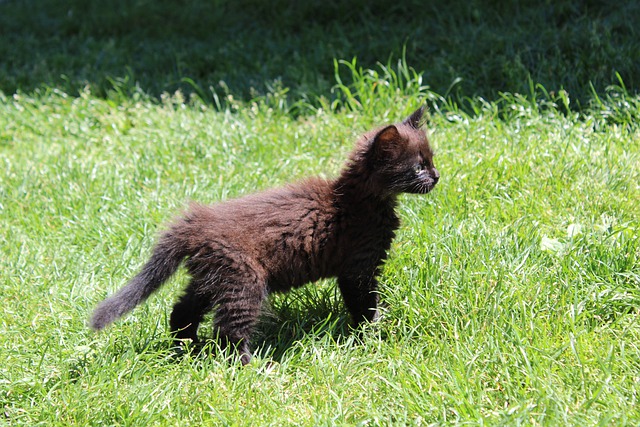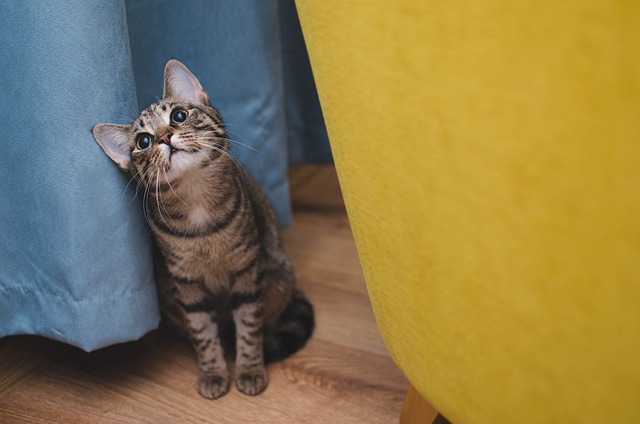
If you have a cat that is constantly afraid then you need to read the following very carefully.
A cat should have a good safe hiding place, where it can be left alone until it perceives that things are safe. The cat will usually pick one of its own, but it should have access to its food bowl, water and litter box.
Close room doors when possible to make the cat feel more secure. This is extremely important when company comes to visit or you have a noisy party. Giving a cat as a gift at a noisy party, can freak the cat out, because it violates its comfort factor. Take the time to introduce the cat quietly.
Cats have a social organization that is flexible and allows them to share their territory with other cats. Some times they are accepting of another cat and sometimes they do not – just like people, who have just met someone new. Liking and disliking, on a moments notice. One may want to play and the other may not. Their time as a kitten may determine the likelihood of their desire to be sociable.
When cats have been introduced, they may want to fight to protect territory or establish dominance. Many cat training e-books will tell you NOT TO allow a fight to happen or to continue, if one happens. Make a loud noise, such as yelling HEY. Use a spray bottle with clean water and spray them once or twice from a distance. A clean, well washed out used cleaner bottle will work nicely. They will probably be on the run for their safe place before you can get the second spray out.
DO NOT try to physically separate them or in their passion of the moment, they may be aggressive toward you. Be very careful in handling, while a cat is fearful. Their instinct is for self protection. When they have reached their safe hiding place, close the door and give them a time out, just as you would a child.
Be consistent with your water bottle treatment and the time outs. Other punishment may cause further bad behavior and fear. The cat may become aggressive toward you, if it perceives you as a threat. It is NOT acceptable to them, for you to hurt them in your temporary anger. Be loving after the time out, so that the cat knows you love them, but that there are limits to be lived by.
A cat will usually react to fear with 3 Fs – fight – freeze – flee – sometimes loss of bladder/ bowel control. A cat may also puff out its fur, hiss or spit. What causes the fear? Figure it out and fix the problem. Some things that cause fear are a person, children, other animals or loud noises such as a vacuum cleaner being used.
One example we had, was the putting on of a ski hat and sunglasses when Winter came. It freaked out our recently rescued cat the first few times it happened. He had a bad memory?
DO NOT force a fearful thing/ person on them. Introduce at a safe distance – slowly. Feed the cat a treat and praise them for accepting the new thing/ person. Remember that animals have a better inner radar than we do, about people and the vibes they give off. Trust their judgment.
Routines and schedules are important for the well being of your cat. Be as consistent as possible. They want the same things to occur each day in the same way and at the same time.
Play time before bed time will help to ensure a good sleep. The more leaping, jumping and running the better. Remember that cats are nocturnal by nature. They like to play at night and tiring them out will help them sleep. If you sit down to watch a TV program, that you watch each day, the commercial breaks are a great time to brush your cat and play with it.






